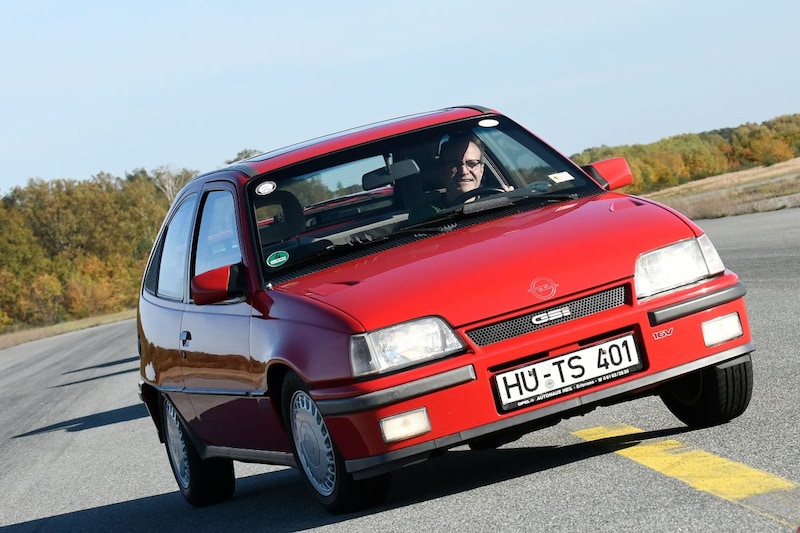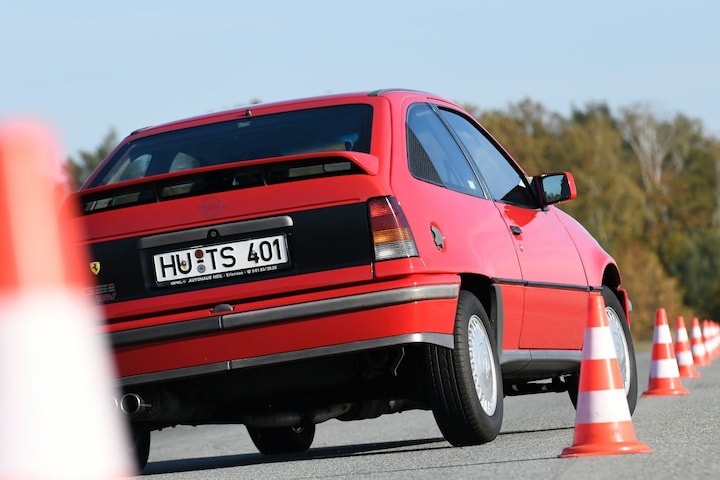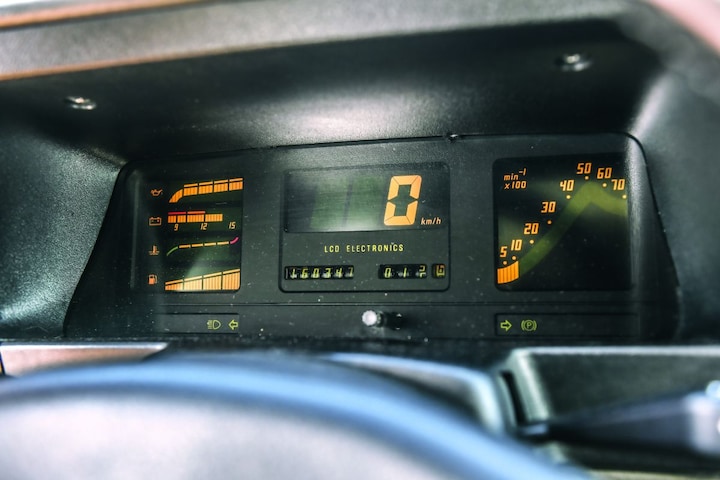What an engine!


One of the fiercest 16-valve hot hatchbacks of the 1980s is the Opel Kadett GSi 16V. It came almost three years after the Volkswagen Golf GTI 16V, but it did shock them in Wolfsburg with the Kadett with C20XE engine. Without the powerful Kadett, the Golf GTI G60 might not have even existed. How do you experience such a GSI 16V more than 35 years later?
What an engine! At full throttle below 1,500 rpm it is still grumbling, like almost any four-cylinder, but then it gets up to speed: it accelerates from 1,500 rpm with little vibration and enormous power, responds eagerly to accelerator pedal movements, and above 3,000 rpm it is so happy with touring that the corners of our mouths spontaneously curl upwards. A wonderful piece of technology. Even the first Kadett E GSi with 1.8 liters and 115 hp from 1984 was no slouch, nor was the two-liter eight-valve with 115 (with cat) to 129 hp that was available from 1986 – but this 16V, which was on the came to market is on a different level. The performance chart gives an idea of what the engineers managed to get out of the two-liter when they not only changed the cylinder head, but also redesigned the manifold and intake manifold. Much more torque in every situation, 150 hp maximum – and that with the standard catalytic converter! The fact that it sounds a bit nicer is partly due to the Lexmaul exhaust system that is underneath our test sample.
‘Hammer under the Four Ventilators’
Even the German car magazine Auto Motor und Sport, which is not known for its respect for Opel, wrote in 1988: “Der Hammer unter den Vierventilern”. Journalist Wolfgang König even considered the Opel engine as the ‘leader among naturally aspirated engines’ next to the 16V engines in the BMW M3 (E30) and Lotus Excel SE. No small feat.
The accelerator pedal is placed so far forward that we almost suspect that Opel did it on purpose so as not to upset inexperienced drivers. You also have to stretch your limbs to operate the gear lever.

Chassis Golf GTI 16V better
To achieve a fast time on the slalom test you have to work hard, but then you can certainly maintain a high speed. Only in extreme cases, when it starts to roll around the longitudinal axis, does it announce in time that the rear end is about to slide away. A Golf II GTI 16V offers just a little more suspension comfort. The Kadett rolls off at least as stiffly as the Golf, but bounces a little on long bumps. Opel tightened the input and output stages of the shock absorbers at the end of 1988. Our test car dates from 1989, when the standard digital displays were still something special. However, the digital instruments offer hardly any advantages, the speed cannot be read accurately and if you turn on the lights during the day, the box becomes very dark. But we can live with that, because we get a bit of youth sentiment in return.

– Thanks for information from Autoweek.nl








